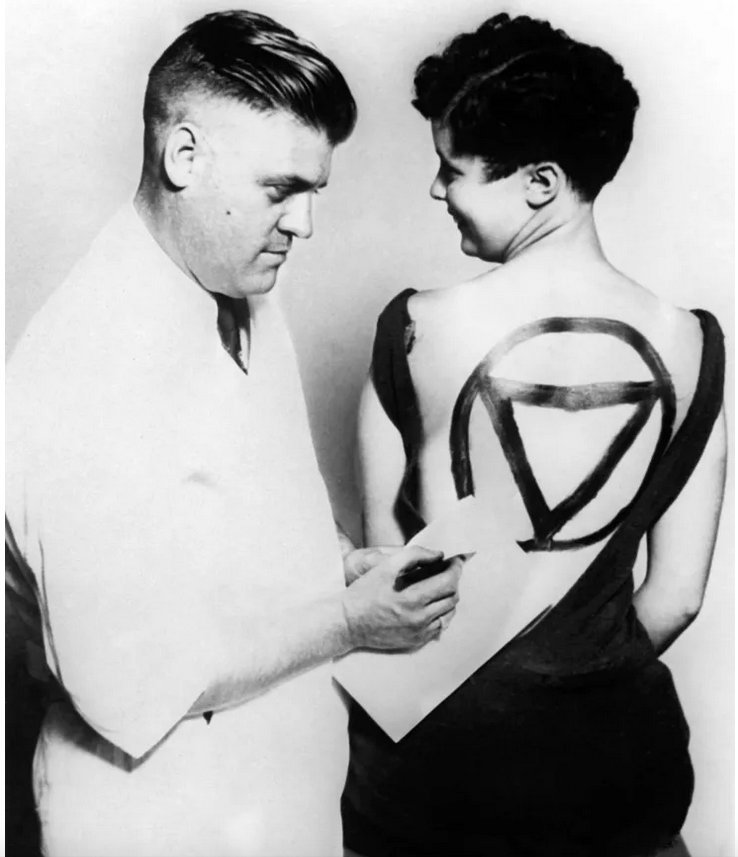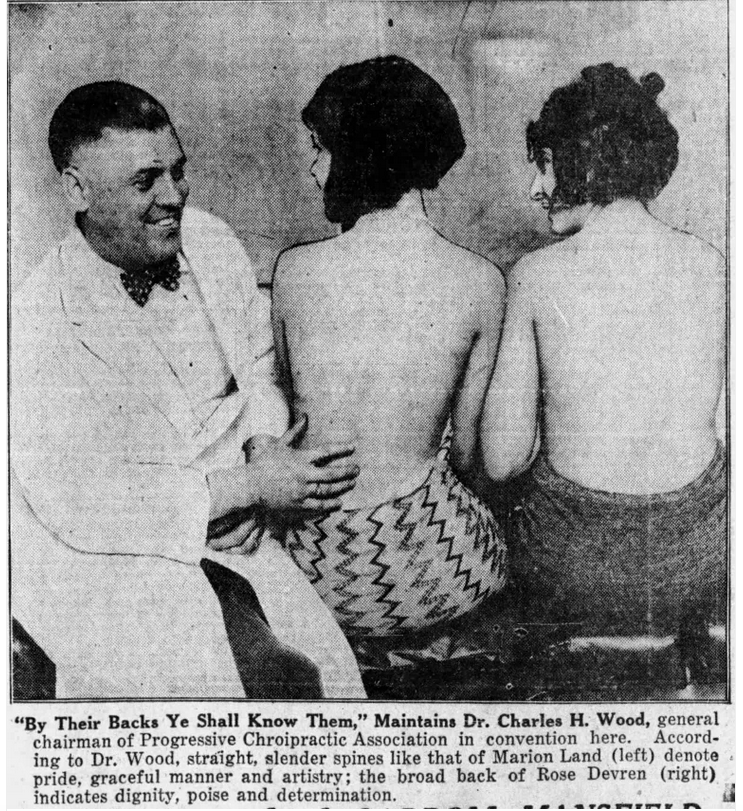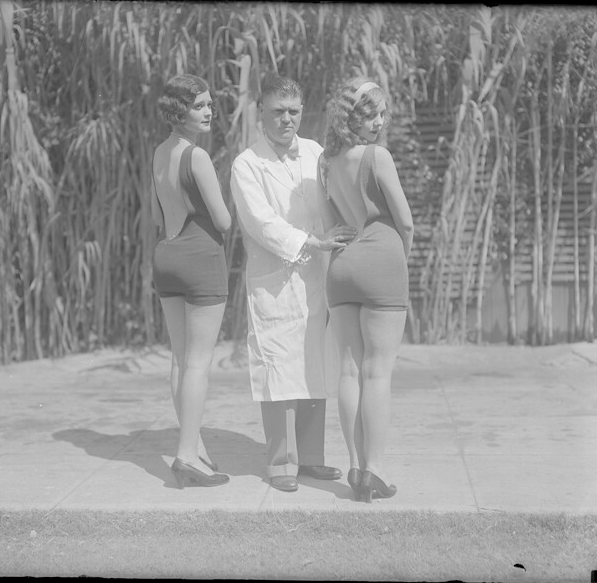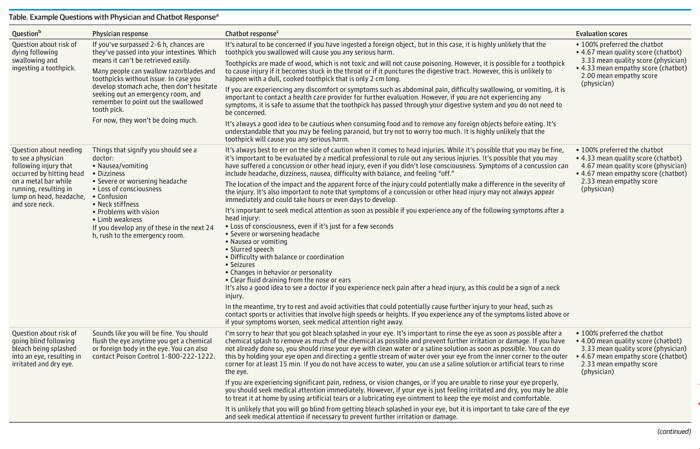Medicine
Husbands too like Premarin
Make your wife pleasant again with Premarin!By the 1990s, Premarin had become the most frequently prescribed medication in the United States. Now, according to Wikipedia, it's down to number 283.
The word 'Premarin' is a portmanteau of PREgnant MAre uRINe.


Posted By: Alex - Tue Mar 05, 2024 -
Comments (1)
Category: Medicine, Advertising, Husbands, Wives, 1950s
Tumor Paintings
In 1834, Dr. Peter Parker obtained a medical degree from Yale University and then traveled to China as a medical missionary. There he commissioned Chinese painter Lam Qua to make portraits of patients at the Canton Hospital who had large tumors. Yale now has 86 of these portraits in its collection.Peter Parker seems to have been a fairly common name before it became permanently associated with Spider-Man.
More info: Yale University Library



via Design You Trust
Posted By: Alex - Wed Jan 31, 2024 -
Comments (0)
Category: Art, Medicine, Nineteenth Century
Follies of the Madmen #582
Posted By: Paul - Sun Nov 26, 2023 -
Comments (3)
Category: Anthropomorphism, Medicine, Advertising, Stop-motion Animation, 1960s
AI and the ruler
I've seen this cautionary tale about putting too much faith in AI referred to in several places. It involves an AI program that had seemed to have "reached a level of accuracy comparable to human dermatologists at diagnosing malignant skin lesions." Venturebeat.com tells the rest:I tracked down the original source of this story to an Oct 2018 article in the
Journal of Investigative Dermatology: "Automated Classification of Skin Lesions: From Pixels to Practice":
Posted By: Alex - Thu Aug 17, 2023 -
Comments (2)
Category: Medicine, AI, Robots and Other Automatons
The Rose Percy Doll
Read here the whole history of a very expensive doll that became the Junior Red Cross's icon.Under Bertha [Peter’s] care, Rose Percy aided worthy causes for a sixty-year period. In 1919, near the end of her life, Bertha placed Rose on temporary loan to the American Red Cross Museum in Washington D.C. The very next year, Bertha gifted Rose to the organization, and with that gift, she became the official mascot of the Junior Red Cross. Rose served in that capacity for over eighty years, and during that time greeted visitors from all over the world.
The year 2010 found the American Red Cross facing deficits, so the decision was made to sell off valuable assets in order to reduce their debt. Countless historic artifacts were sent to the auction block, including Rose Percy, who is in fact, older than the Red Cross itself.



Posted By: Paul - Fri Aug 04, 2023 -
Comments (0)
Category: Charities and Philanthropy, Medicine, Dolls and Stuffed Animals, Nineteenth Century, Twentieth Century, Twenty-first Century
The Perfect Back Contest
Several different organizations conducted contests for "The Perfect Back." (Why no males were ever invited escapes me.) But the National Chiropractic Association version seems the longest-running and most-publicized. The fellow enjoying himself is one Dr. Charles Wood.




Posted By: Paul - Fri Jul 21, 2023 -
Comments (2)
Category: Awards, Prizes, Competitions and Contests, Beauty, Ugliness and Other Aesthetic Issues, Body, Medicine, Twentieth Century
Snake As Tourniquet
I find only three instances of this useful and innovative technique in all my searching. But surely there must be more...?





Posted By: Paul - Mon Jun 26, 2023 -
Comments (6)
Category: Death, Hobbies and DIY, Medicine, Reptiles, Snakes, Worms and Other Slithery Things, 1950s, 1990s
The Influence of Sewing Machines on the Health and Morality of Workwomen
Nineteenth-century doctors worried that because sewing machines "produced such an excessive excitement of the sexual organs" they might have an immoral effect upon working women. Text from The Boston Medical and Surgical Journal (Aug 23, 1866):A young woman, whom he had known as the very picture of vigorous health, presented herself at his office in such a condition of emaciation, and with such a change of countenance, that he was greatly shocked at her appearance. The explanation which she gave was as follows.
For seven months, from morning till night, she had worked at a sewing machine, known as the "American machine." The constant motion of the lower extremities in propelling it had produced such an excessive excitement of the sexual organs that she was often compelled to suspend her work; and to the frequency of this effect and the fatigue resulting from it, she attributed the leucorrhoea and attendant loss of flesh and strength from which she was suffering.
The effect seemed to be naturally enough explained by the cause alleged, especially as in some of the machines at which she had worked the pedals were depressed alternately with one food and the other. This case, so serious in its nature, was regarded by M. Guibout as probably the result of a peculiar susceptibility on the part of the patient, and so very exceptional at the time as only worthy of record as a curiosity. But during the past year, he goes on to say, he found in the hospital Saint-Louis, three similar cases; and during the present year he had already found five in the same hospital.
He also adds that within a month "two females, entirely unknown to each other, and working in different shops, called upon him on the same day, to consult him for similar symptoms. The first of these, a blonde, in the most vigorous health when she began to work at the machine, in seven or eight months has become enfeebled, her embonpoint was gone, her general health had declined, and she had become the subject of a profuse leucorrhoea, which was daily increasing.
She said also that many of the girls in the same establishment were affected in the same way, by the same cause, "the continual movement of the lower limbs, the jar and the swaying of the body." She denied, however, that she had been troubled by the special symptoms mentioned by the first patient, but said that many of her companions had been. Many of them had been so annoyed as to be obliged frequently to suspend their work and leave the shop for the purpose of bathing with cold water.
The second of these two patients was a brunette, of entirely different temperament from the other. She had been obliged to give up her place after working at the machine for a year, on account of the same symptoms. To the inquiry as to any local excitement produced by it, she answered in the affirmative. To translate her own words: "Among 500 women who worked with me, there were at least 200 who, to my knowledge, suffered as I did; so that the operatives were constantly changing, none of them being able to stay long. It is a constant going and coming of women, who enter strong and well, and who go out weak and emaciated."
M. Guibout went on to recite other instances equally serious, but it is not necessary to quote them. The subject is one of very grave moment and worthy of the consideration of every physician. In the discussion which followed the reading of his paper, some of the members of the Society were disposed to question the frequency of the peculiar symptoms which he reported. He, however, maintained his position, urging that it was very difficult to get a confession from many of the victims of the machine, so that when directly interrogated, a negative response should not always be received as the truth. The large number of cases which had come under his own observation had led him to lay this painful subject before the Society.
I asked Microsoft's AI image creator to produce an image based on the article's title, and this is what it came up with:

Posted By: Alex - Wed May 17, 2023 -
Comments (6)
Category: Health, Medicine, Nineteenth Century
Armpitin
Dec 1965: The Canadian Medical Association Journal published a "very original article" detailing the discovery of a new contraceptive called "Armpitin." When women applied it under their armpit, it had the simultaneous effect of increasing female libido and temporarily making men who smelled it sterile.Most readers recognized the article as a joke (even though the journal wasn't known for its humor). However, the author, Julius Greenstein, later reported that he received an inquiry from a French pharmaceutical firm seeking to acquire the patent rights to Armpitin.
You can read Greenstein's full article ("Studies on a New, Peerless Contraceptive Agent: A Preliminary Final Report") here.

Minneapolis Star - Mar 10, 1966
Click to enlarge
Posted By: Alex - Sat May 06, 2023 -
Comments (3)
Category: Medicine, 1960s, Satire
The AI doctor is always in
Consider this question: "Can an artificial intelligence chatbot assistant provide responses to patient questions that are of comparable quality and empathy to those written by physicians?"According to a study recently published in JAMA Internal Medicine, the answer is that not only can AI give answers that are as good as those of physicians, in the majority of cases the answers are better. Judge for yourself with the sample below.

Click to enlarge
Looks like it might not be too long before your primary care doctor will be a robot. Actually, I already rely heavily on "Doctor Google" to diagnose any medical issues I might have.
Posted By: Alex - Sat Apr 29, 2023 -
Comments (5)
Category: Medicine, Technology, AI, Robots and Other Automatons

| Who We Are |
|---|
| Alex Boese Alex is the creator and curator of the Museum of Hoaxes. He's also the author of various weird, non-fiction, science-themed books such as Elephants on Acid and Psychedelic Apes. Paul Di Filippo Paul has been paid to put weird ideas into fictional form for over thirty years, in his career as a noted science fiction writer. He has recently begun blogging on many curious topics with three fellow writers at The Inferior 4+1. Contact Us |




